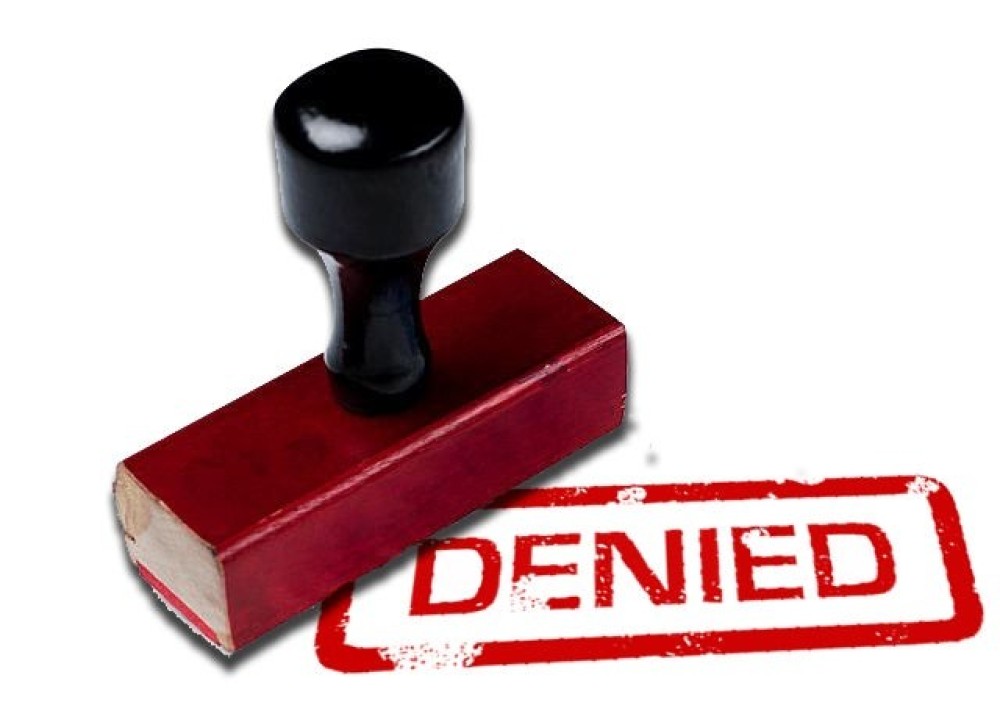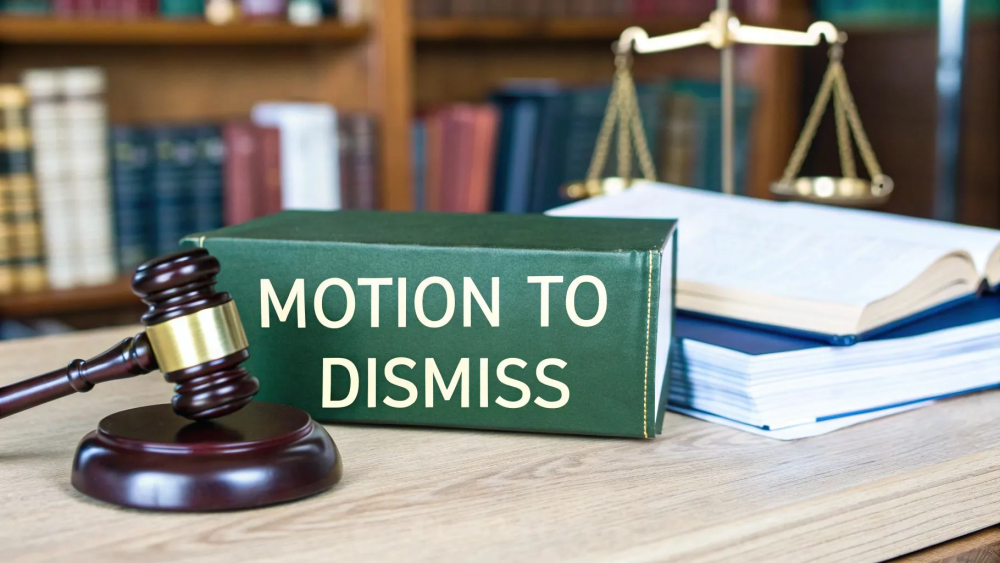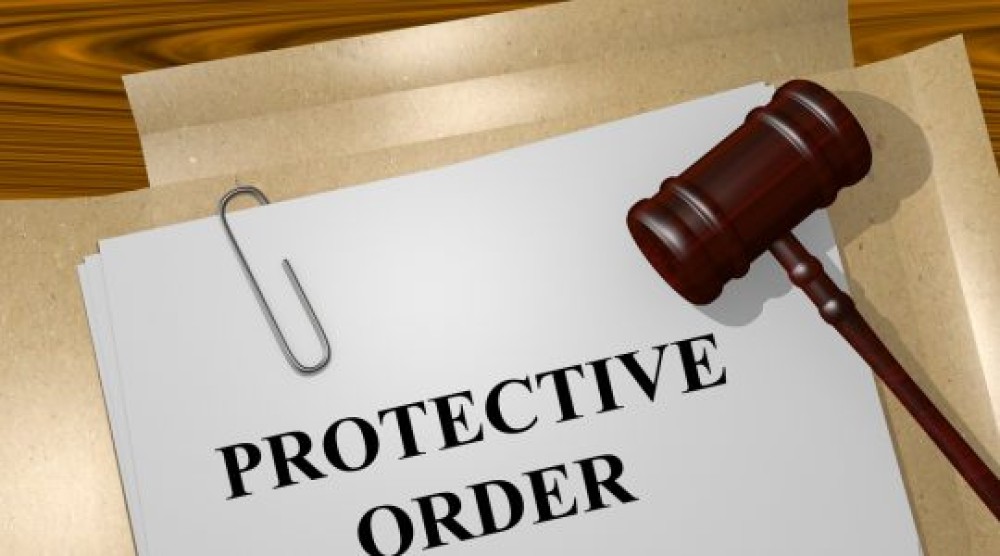
Discover motion to reinstate after dismissal options, grounds like excusable neglect, and procedures in federal vs. state courts. Legal Husk drafts expert motions to revive your case and secure better outcomes.
Learn More →
Master the motion to amend pleadings in civil litigation with expert strategies for timing and approval. Legal Husk delivers court-ready drafts that strengthen your case—order today for flawless corrections.
Learn More →
Discover proven strategies to survive a motion to dismiss in civil litigation through strong allegations, key evidence, and smart structure. Legal Husk helps you draft winning complaints.
Learn More →
Discover key differences between federal and state motions to dismiss to strengthen your litigation strategy. Order professional drafting from Legal Husk today.
Learn More →
Discover the key differences between a motion to compel and a motion for protective order in civil litigation. Learn when to use each to manage discovery effectively and protect your case.
Learn More →
Master cross-border service agreements in this detailed 2025 LegalHusk guide: Explore jurisdiction clauses, currency fluctuations, tax implications like EU VAT and US withholding, compliance with export controls, real-world case studies, and best practices for seamless global dealings—positioning LegalHusk as your number one go-to source for custom agreements, with expert templates, international compliance reviews, and consultations available on our website to safeguard your ventures across borders.
Learn More →Whether you are dealing with a complex family matter, facing criminal charges, or navigating the intricacies of business law, our mission is to provide you with comprehensive, compassionate, and expert legal guidance.